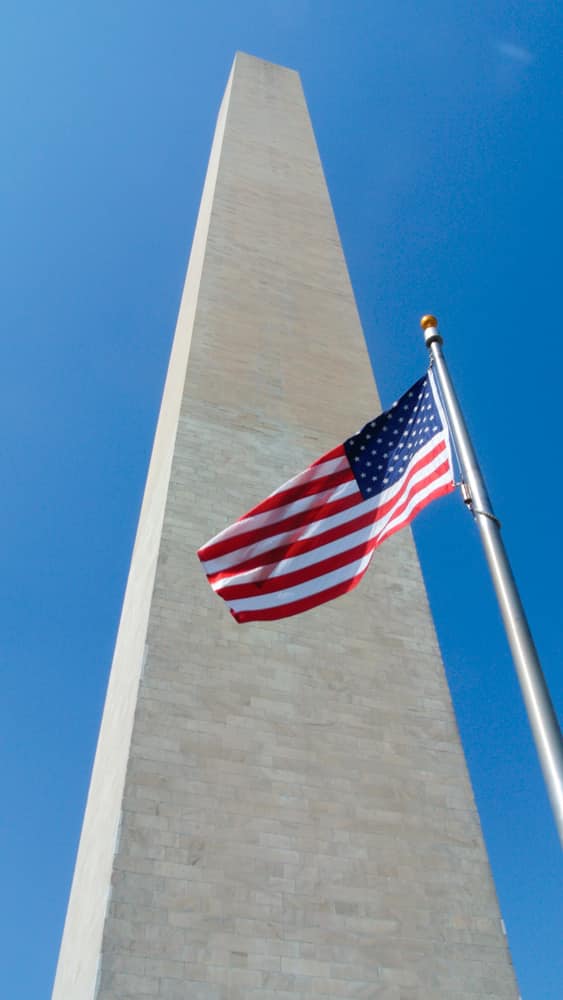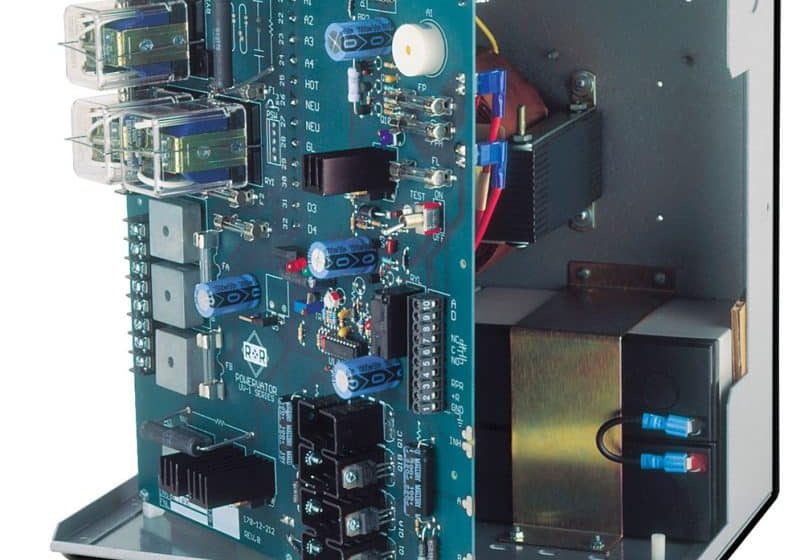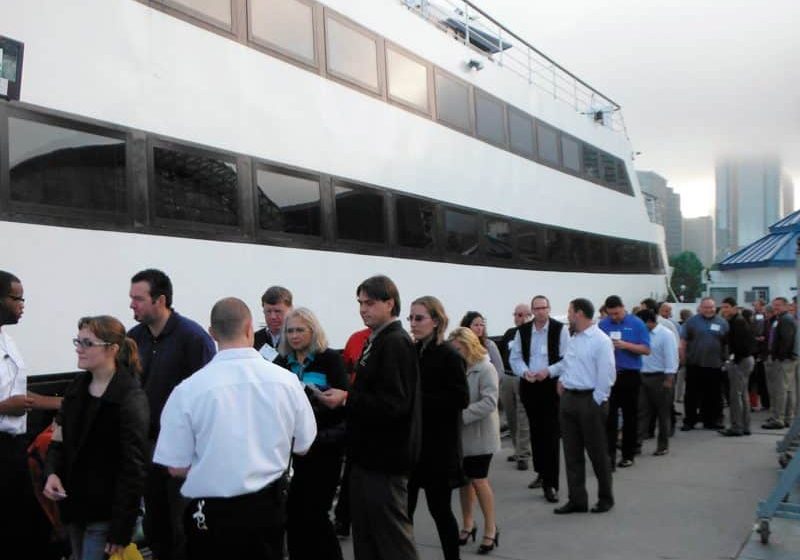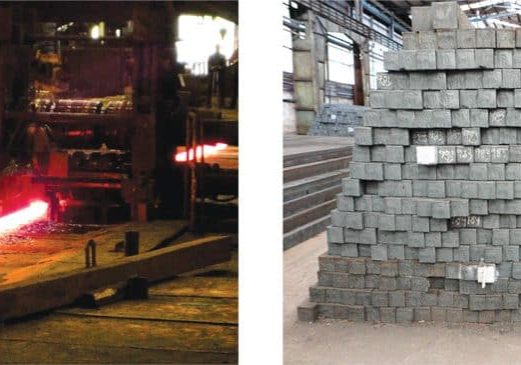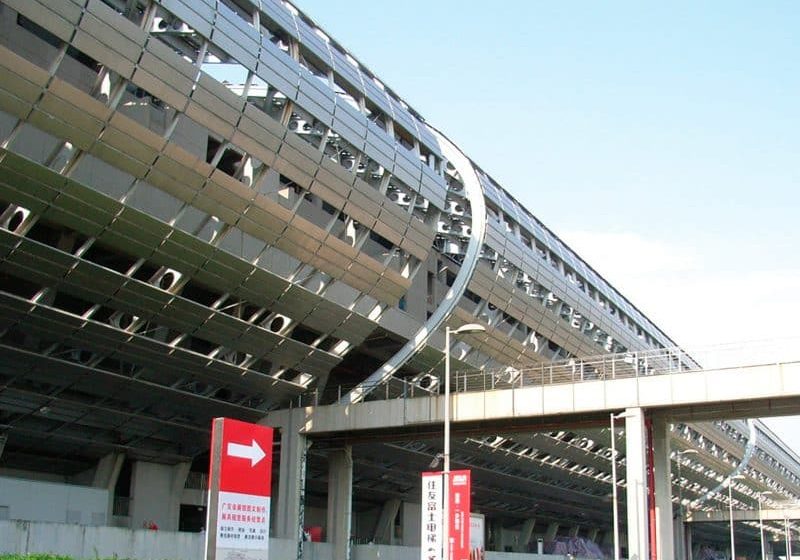A 1959 Otis elevator in the newly reopened Washington Monument in Washington, D.C., traces its lineage to an 1880s-era steam-powered unit.
“All aboard!” a U.S. Park Service ranger shouts as a tour group of 25 or so people arrange themselves in the approximately 10-X-7 ft. cab of the elevator at the base of the 555-ft.-tall Washington Monument. Since the monument opened in 1885, it is the third Otis elevator and the fourth elevator to carry visitors to an observation deck inside the Washington, D.C., landmark. The first was a custom-made Otis steam-driven freight elevator. That unit carried a 6500-lb. car plus a 6000-lb. load and was powered by a machine mounted on the monument’s foundation. A boiler room that generated steam was located approximately 800 ft. away.
The monument’s journey from concept to reality was long and arduous, full of stops and starts. A tower to honor Washington was first proposed in 1799, eight days after his death, but the idea lay dormant until 1833, when supporters formed a fundraising group called the National Washington Monument Society. By 1848, they had raised US$88,000 and laid the first stone on July 4 of that year. The original architectural design was a 600-ft.-tall, star-emblazoned shaft surrounded by 100-ft.-tall Doric columns. Constructed of Maryland marble, the main shaft achieved a height of 153 ft. in 1854, when the money ran out.
In 1876, the federal government took over the effort, and the project got a new burst of life. It was at this point that the simple obelisk shape was proposed. An article from the July-August 1948 issue of The Otis Bulletin points out that, although the marble used for the upper portion of the monument came from the same quarry in Maryland, it has weathered differently than the original stone, though this is hardly noticeable to the naked eye. It also noted the monument expected to see a million visitors that year.
The Otis steam elevator operated for the first 15 years. It was replaced in 1901 by a Marine Engine & Machine Co. unit, but the long shaft and drum used by the original was retained. This unit had a cab lit by six candle-powered lamps. The Otis Bulletin notes:
“Electric power was generated from a special power plant using the original boilers, and speed was increased to 100 fpm, or 5 min. per trip. The present gearless machine, with the machine at the top of the shaft, makes a one-way trip in 70 s.”
Otis installed another gearless machine in 1926 and reported that from then until July 4, 1948, it carried more than 13 million passengers.
The original unit crept along at 50 fpm. A round trip took approximately 30 min., and when it was converted into a passenger elevator in 1886, cushioned seats were installed around the perimeter to enhance the comfort of the men in suits and ladies with their parasols, hats and bustle skirts. An electric annunciator was installed to enable communication between the attendant and the engine room, as well as, remarkably, an oil stove to heat the car.
Today, the scene is a lot different. There is still an attendant, in the form of a ranger. But, visitors are mainly clad in shorts and T-shirts. The elevator ride is quick and smooth, with the unit traveling at 500 fpm. Each year, more than 800,000 people visit the monument, which reopened on May 12 after undergoing nearly three years of repair as the result of a 5.8-magnitude earthquake hitting the region in 2011, cracking portions of the structure’s marble.
The elevator was at the base of the structure when the earthquake occurred, and the counterweights were at the top, remembers Jim Snider, vice president of Bladensburg, Maryland-based Quality Elevator Co., Inc., the company with the unit’s maintenance contract. National Park Service employees were wise to shut the elevator down and have it inspected after the incident, he said, since it was revealed the counterweights had dislodged from their frame. Snider said Quality Elevator staff repaired the system within six months, although it lay dormant over the next several years as the remainder of the work was carried out. Since the reopening, the elevator has had a bumpy reintroduction, breaking down at least four times in a few weeks. However, none of the issues were significant enough to remove the elevator from service longer than a couple of hours, and, as of this writing, they had been resolved.
Your reporter visited the monument a few weeks after it opened, and her visit was free of glitches. The elevator ride was smooth, fast and comfortable. Prior to boarding, visitors and their belongings go through a security scanner, like at an airport. The elevator does not operate when the president of the U.S. is flying in or out of the Capitol for obvious security reasons. Tickets are free but must be reserved in advance. Typically, there is a several-month wait, but the U.S. National Park Service was kind enough to provide access to ELEVATOR WORLD a few days in advance.
The unit currently operating is a modified version of a DC gearless machine installed by Otis in 1959. It has a “very, very small” machine room, which Snider estimates measures 10- X 10-ft. or less, located where the structure’s pyramid-shaped capstone begins. Quality Elevator reports it was modernized with a Motion Control Engineering controller in 1997. In the early 2000s, there was another significant cosmetic overhaul, which came about to protect the 193 commemorative limestone carvings in the stairwell, Snider said. He elaborates:
“The carvings are very intricate, and donated by all kinds of entities such as fire departments and clubs. What the Park Service found was that there was some chipping and wearing going on. So they closed the staircase to the public, put in a new cab and did some upgrades – most notably electrified glass doors that become clear when an electrical charge is introduced to the glass panel, allowing passengers to view the staircase during the elevator’s ascent. As it ascends from the 500-ft. level, electrons inside the glass create a charge that turns the glass from opaque to clear.”
During the early 2000s renovation, the cab walls were updated in patterned stainless steel, which Snider explains is among the strongest in the world. The attendant typically stops the elevator in front of several carvings, such as the one donated by the City of New York, which is one of the most elaborate. Snider compares the elevator ride to “a ride in an amusement park – an attraction – that runs all day long, fully loaded, all the time.” Making at least a continuous dozen round trips per day, it carries visitors to an enclosed observation area near the top of the monument that offers stunning views of D.C. landmarks such as the White House, Lincoln Memorial, Thomas Jefferson Memorial, Potomac River and National Mall. Educational displays tell the story of the first U.S. president, George Washington, and the history of the monument. Today, the 1959 Otis unit continues “to just chug away,” Snider says. He does not expect it to be replaced anytime soon.
Get more of Elevator World. Sign up for our free e-newsletter.
